In the home lab environment, I have been playing around lately with various firewalls, looking at features, capabilities, etc. In open-source firewalls, two names often stand out: pfSense and OPNsense. Choosing the right firewall solution becomes critical for businesses and individuals looking to protect their networks from security threats, configure more demanding network setups, and manage traffic effectively. In this post, we will compare pfSense vs OPNsense, including their features, capabilities, and differences to help you make an informed choice for your network’s security.
What is pfSense?
Most everyone has heard about pfSense. It is a popular, free, open-source firewall and router software based on FreeBSD, an operating system known for its reliability and performance. This versatile solution offers a rich feature set, including:
stateful firewall
network address translation (NAT)
virtual private network (VPN) support
traffic shaping
graphic user interface
With a vast community of users and developers, pfSense has become a go-to solution for many network administrators looking for a powerful and customizable firewall platform.
You can learn more about pfSense and download it from the official link here:
Features of pfSense
Some of the key features of pfSense include:
Stateful Firewall: Granular control over network connections and efficient packet filtering.
Traffic Shaping and QoS: Prioritize specific types of network traffic, allocate bandwidth, and manage network congestion.
Intrusion Detection and Prevention: Detect and block malicious network traffic and potential attacks.
VPN Support: Secure remote access and site-to-site connections with OpenVPN, IPsec, and L2TP protocols.
DHCP Server and DNS Resolver: Manage IP address assignments and domain name resolution within the network.
IPv6 Support: Comprehensive support for the new IPv6 addressing scheme.
Network Address Translation (NAT): Translate and route traffic between different IP address spaces.
Reporting and Monitoring Tools: Gain insights into network performance, usage, and potential issues.
High Availability and Failover: Ensure network uptime and reliability with hardware redundancy and configuration synchronization.
Extensible Platform: Customize and expand functionality through plugins, third-party packages, and APIs.
How Does pfSense Work?
pfSense examines incoming and outgoing network traffic and applies firewall rules to permit or deny data flow based on predefined criteria. Additionally, pfSense users can leverage advanced features like intrusion detection and web filtering to protect against malicious attacks and emerging threats.
The platform also offers a comprehensive suite of monitoring tools, giving users better visibility into their network’s performance and security posture.
Cons of pfSense
While pfSense is a powerful and mature platform, it has its drawbacks. Some users may find the interface (UI) less intuitive and slightly outdated than OPNsense. Additionally, pfSense’s community-driven development model can lead to slower adoption of new features and technologies than OPNsense’s more structured release cycle.
Lastly, the pfSense platform may require more technical expertise to configure and maintain, making it potentially less accessible to users with limited networking experience.
However, experienced network and firewall admins generally love pfSense due to its wealth of features, capabilities, “nerd knobs,” and other components.
What is OPNsense?
OPNsense is a free, open-source firewall and routing platform based on HardenedBSD. It was created as a fork of pfSense, aiming to provide a more modern and secure alternative. OPNsense focuses on code quality, security, and user-friendliness, offering an intuitive graphical user interface (GUI), strong encryption, and many advanced features.
You can download OPNSense and learn more about its features from the official link here:
With an active development community and a growing user base, OPNsense has established itself as a reliable and powerful firewall solution.
Features of OPNsense
Some of the key features of OPNsense include:
Stateful firewall: Like pfSense, OPNsense offers a stateful firewall that tracks active connections and applies rules based on the connection state.
Network address translation (NAT): OPNsense supports NAT, allowing users to map multiple internal IP addresses to a single public IP address.
VPN support: OPNsense supports various VPN protocols, including IPsec, OpenVPN, and L2TP, ensuring secure connectivity for remote users and networks.
Intrusion detection and prevention: OPNsense includes an intrusion detection and prevention system (IDPS) that can help protect against malicious attacks and new emerging threats.
Traffic shaping: OPNsense offers advanced capabilities, enabling users to prioritize bandwidth allocation and maintain optimal network performance.
Reporting and monitoring tools: OPNsense includes comprehensive reporting and monitoring tools that give users insight into their network’s health and security.
Multi-language support: OPNsense supports multiple languages, making it an accessible solution for users worldwide.
Cons of OPNsense
Despite its many advantages, OPNsense has some drawbacks. For example, its hardware compatibility may be more limited than pfSense, which could challenge users with specific hardware requirements.
Additionally, some users may find that OPNsense’s focus on security and code quality can result in slower adoption of new features than pfSense.
Technically speaking: differences
pfSense and OPNsense share a common ancestry, as OPNsense was initially forked from pfSense. However, over time, both projects have evolved in different directions.
One major difference is their underlying operating systems: while pfSense is built on FreeBSD, OPNsense utilizes HardenedBSD, a security-focused fork of FreeBSD.
Additionally, OPNsense has a more demanding network setup and a fixed release cycle, with two major releases per year and weekly security updates.
Main Differences Between pfSense vs OPNsense
In summary, the main differences between pfSense and OPNsense include:
Underlying operating system: pfSense is built on FreeBSD, while OPNsense is based on HardenedBSD.
User interface: OPNsense offers a more modern, intuitive GUI than pfSense’s traditional interface.
Security and code quality: Both platforms prioritize security, but OPNsense’s more structured approach to integrating additional features and its focus on code quality can result in better overall security.
Traffic shaping capabilities: Both firewalls provide traffic shaping, but OPNsense has a more advanced implementation.
Intrusion detection systems: Both platforms support IDS, but OPNsense is generally considered to have a more robust implementation.
Plugin availability and integration: While pfSense offers a larger selection of plugins, OPNsense is more selective, prioritizing security and code quality.
Comparing the user interface of pfSense vs OPNsense
The user interface is a key aspect when choosing a firewall solution. OPNsense boasts a clean, modern, and intuitive interface that is easy to navigate, even for users with limited technical expertise.
On the other hand, pfSense’s interface is more traditional and may seem less intuitive, particularly for newcomers. However, both platforms offer various configuration options and system health monitoring tools, allowing users to manage their firewalls effectively.
Plugins available with pfSense vs OPNsense
Both pfSense and OPNsense support third-party plugins, which enable users to extend their firewalls’ functionality with additional features such as web filtering, DHCP server, or forward caching proxy. While pfSense offers a more extensive selection of plugins, OPNsense is more selective in the plugins it integrates, prioritizing security and code quality.
pfSense vs OPNsense VPN capabilities
Virtual private networks (VPNs) are essential for securely connecting remote offices, employees, or devices to a central network. Both pfSense and OPNsense offer VPN support, including easy OpenVPN client setup, IPsec, and L2TP.
However, some users may find OPNsense’s VPN implementation to be more user-friendly and easier to configure, particularly for those with limited technical expertise.
In-Depth Analysis of pfSense vs OPNsense Features
To better understand the capabilities of pfSense and OPNsense, let’s take a more detailed look at their features.
Advanced Routing and Network Address Translation (NAT)
Both pfSense and OPNsense support advanced routing features, including dynamic routing protocols such as OSPF and BGP. They also offer Network Address Translation (NAT) functionality, which enables users to map multiple internal IP addresses to a single public IP address.
This is essential for managing network resources and ensuring seamless communication between internal and external networks.
High Availability and Load Balancing
High availability and load balancing are essential for demanding network setups that require maximum uptime and optimal performance. Both pfSense and OPNsense support hardware failover and redundancy configurations, ensuring network services remain operational even during hardware failure.
Load balancing features help distribute network traffic evenly across multiple connections or servers, preventing bottlenecks and improving overall performance.
Web Filtering and Proxy Server Capabilities
Web filtering and proxy server capabilities are critical for businesses, schools, and organizations that need to control internet access and protect their networks from malicious content.
Both pfSense and OPNsense offer web filtering features through third-party plugins, such as Squid and SquidGuard. These tools can block access to specific websites or categories, monitor internet usage, and enforce content restrictions based on user-defined policies.
Captive Portal and Wireless Network Support
Captive portals are essential for businesses and public Wi-Fi networks that require user authentication and access control. Both pfSense and OPNsense offer captive portal functionality, allowing network administrators to set up a customizable login page, manage user access, and enforce bandwidth limitations.
Additionally, both firewalls support wireless network configurations, enabling users to integrate wireless access points and manage their Wi-Fi networks alongside their wired connections.
Firewall Rule Management and Port Forwarding
Effective firewall rule management is crucial for maintaining network security and ensuring traffic flows smoothly through the network. Both pfSense and OPNsense offer powerful rule management features, such as creating and editing firewall rules, setting up port forwarding, and applying corresponding rules based on source and destination IP addresses, ports, and protocols.
Time-Based Rules and Access Control
Time-based rules and access control features allow network administrators to enforce specific policies based on the time of day or user-defined schedules. Both pfSense and OPNsense support time-based rules, allowing users to create custom policies that cater to their unique network requirements.
Monitoring and Reporting Tools
Monitoring and reporting tools are essential for maintaining network health, identifying potential issues, and tracking network usage. Both pfSense and OPNsense offer a range of monitoring tools, including real-time network traffic graphs, system logs, and detailed reports on bandwidth usage, connection states, and hardware resource utilization.
Two Factor Authentication and Security Hardening
To further enhance security, both pfSense and OPNsense support two-factor authentication (2FA) for user logins, adding an extra layer of protection against unauthorized access.
They also provide a range of security hardening features, such as enabling secure connections, configuring advanced firewall settings, and managing user permissions.
Community Support and Documentation
Both pfSense and OPNsense have active communities and extensive documentation, ensuring users can access resources and support when needed. These communities contribute to developing new features, provide feedback on potential security issues, and offer guidance on best practices for configuring and maintaining the firewalls.
Ease of Installation and Hardware Compatibility
While both pfSense and OPNsense are designed to run on various hardware platforms, pfSense is generally considered to have broader hardware compatibility.
However, OPNsense has been making strides in recent years to improve its hardware support and ensure compatibility with a wider range of devices
Remote Access and Site-to-Site VPNs
Remote access and site-to-site VPNs are essential for businesses with remote offices, employees who work from home, or organizations that need to connect multiple networks securely.
Both pfSense and OPNsense support a variety of VPN protocols, including OpenVPN, IPsec, and L2TP, enabling users to establish secure, encrypted connections between networks or individual devices.
Differences in Approach to Plugins and Third-Party Packages
One of the most significant differences between pfSense and OPNsense lies in their approach to plugins and third-party packages. pfSense offers a more extensive library of plugins and add-ons, providing users with a broader range of features and capabilities.
However, this can also increase the likelihood of encountering security or code quality issues, as not all plugins receive the same scrutiny and support.
On the other hand, OPNsense takes a more conservative approach to plugin integration, prioritizing security and code quality over the sheer number of available plugins. This can result in a more stable and secure platform, albeit with fewer options for customization and feature expansion.
IPv6 Support
As the internet transitions to IPv6, support for the new addressing scheme becomes increasingly important. Both pfSense and OPNsense offer comprehensive IPv6 support, ensuring that users can seamlessly integrate the new protocol into their networks and maintain compatibility with modern devices and services.
DHCP Server and DNS Resolver
Both pfSense and OPNsense include built-in DHCP server and DNS resolver functionality, enabling users to manage IP address assignments and domain name resolution within their networks.
This simplifies network administration tasks and ensures that devices can communicate efficiently within the local network and with external resources.
Configuration Synchronization and Backup
The ability to synchronize settings and back up configuration data is essential for organizations with multiple firewall devices or complex network configurations. Both pfSense and OPNsense offer configuration synchronization features, allowing users to replicate settings across multiple devices and ensure consistent policy enforcement.
Additionally, both platforms provide options for backing up and restoring configuration data, ensuring users can recover quickly from hardware failures or configuration errors.
Customization and Extensibility
Both pfSense and OPNsense are designed with customization and extensibility in mind, enabling users to tailor the platforms to their unique needs and requirements.
This includes modifying the user interface, integrating additional features through plugins and third-party packages, and developing custom functionality using the platforms’ APIs and development tools.
Wrapping up
When comparing pfSense vs OPNsense, both are incredible firewalls with advanced features that rival most commercial solutions. When picking a firewall, it’s essential to consider your network environment’s specific requirements, technical expertise, and desired feature set. Both platforms offer a robust suite of features and capabilities, solid support for security best practices, and the integration of additional tools and services.
Ultimately, the choice between pfSense and OPNsense will come down to personal preference and the specific needs of your network. Either way, you won’t go wrong with either pfSense or OPNSense, as both solutions will effectively protect your network.


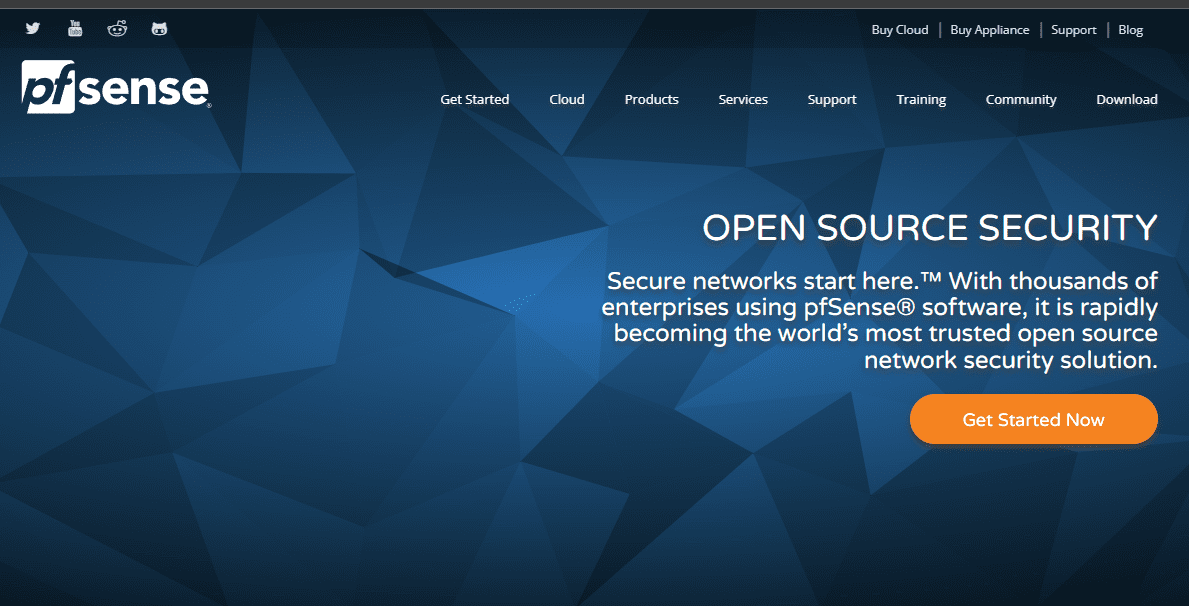
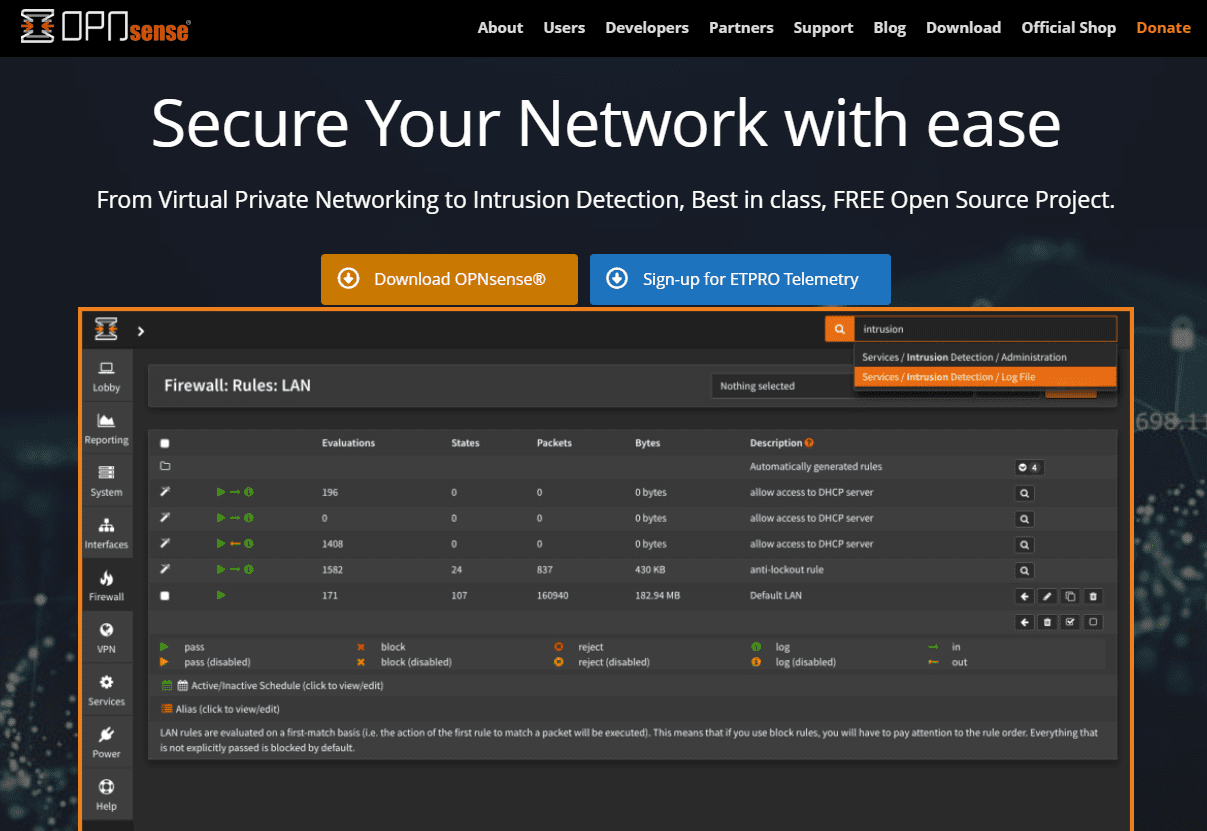
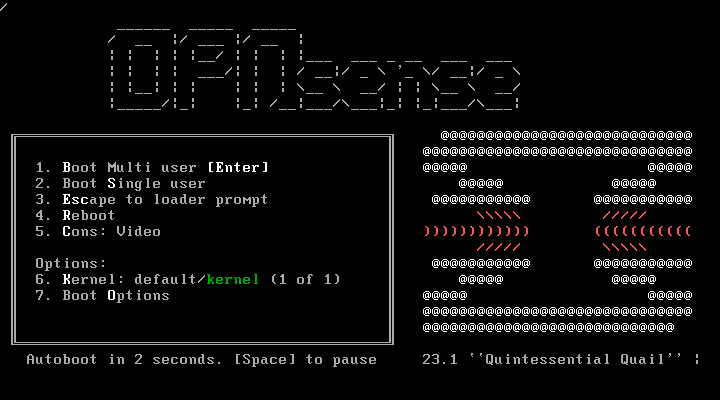
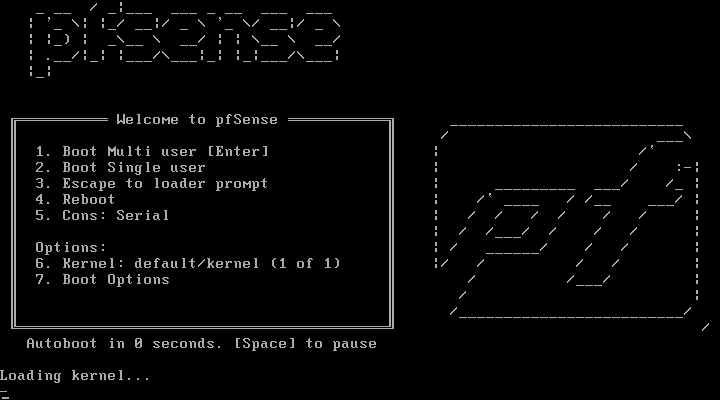
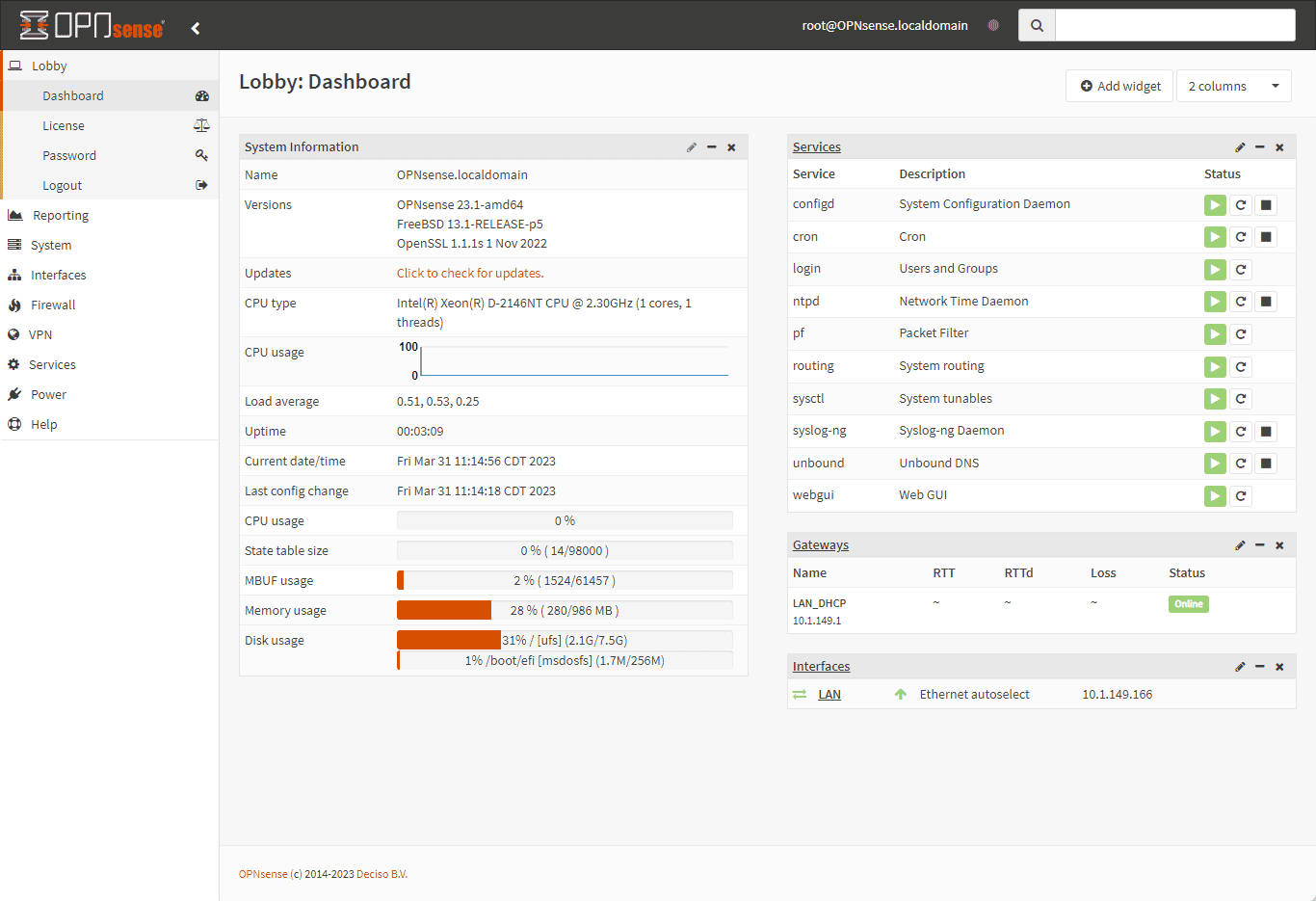
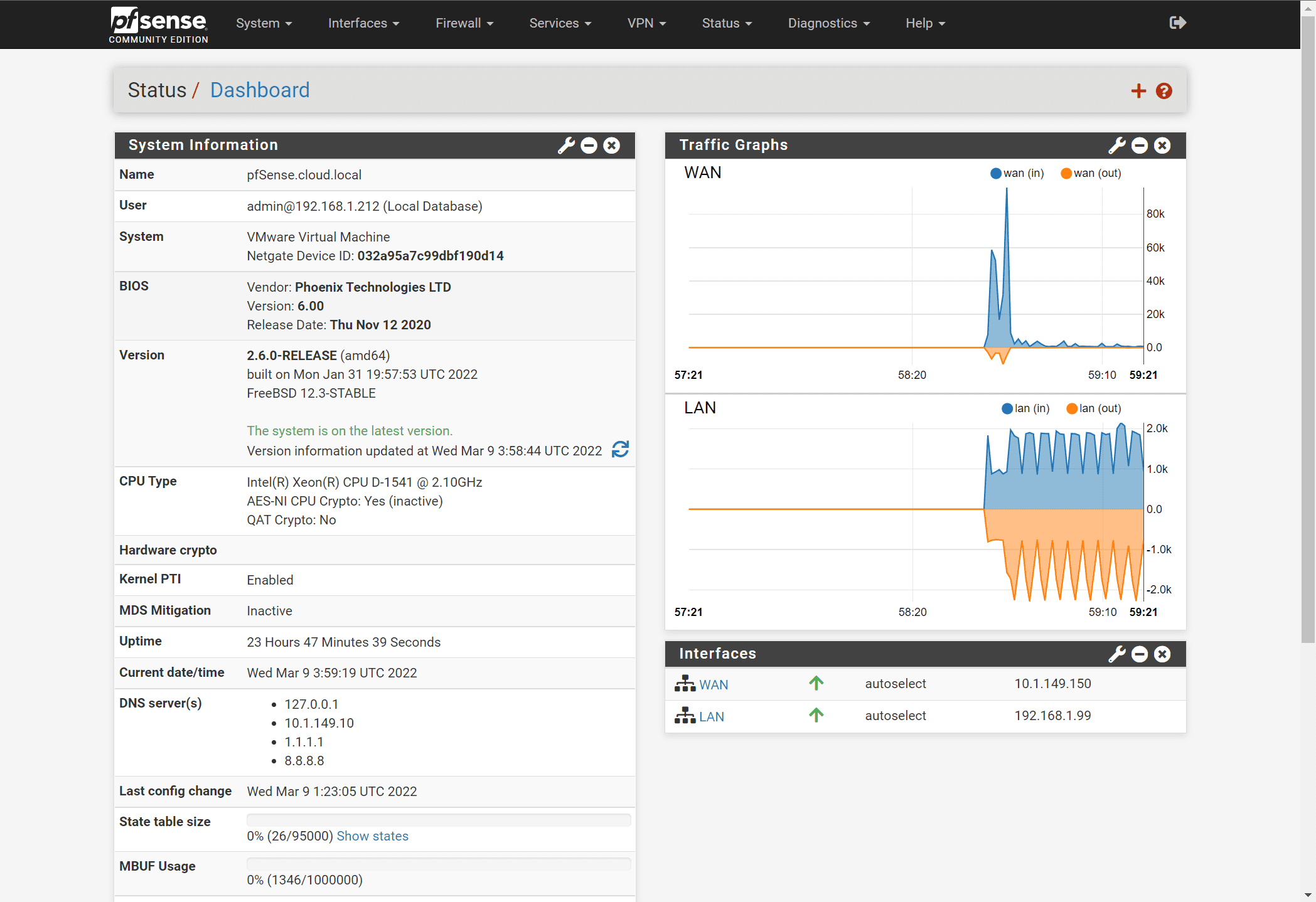
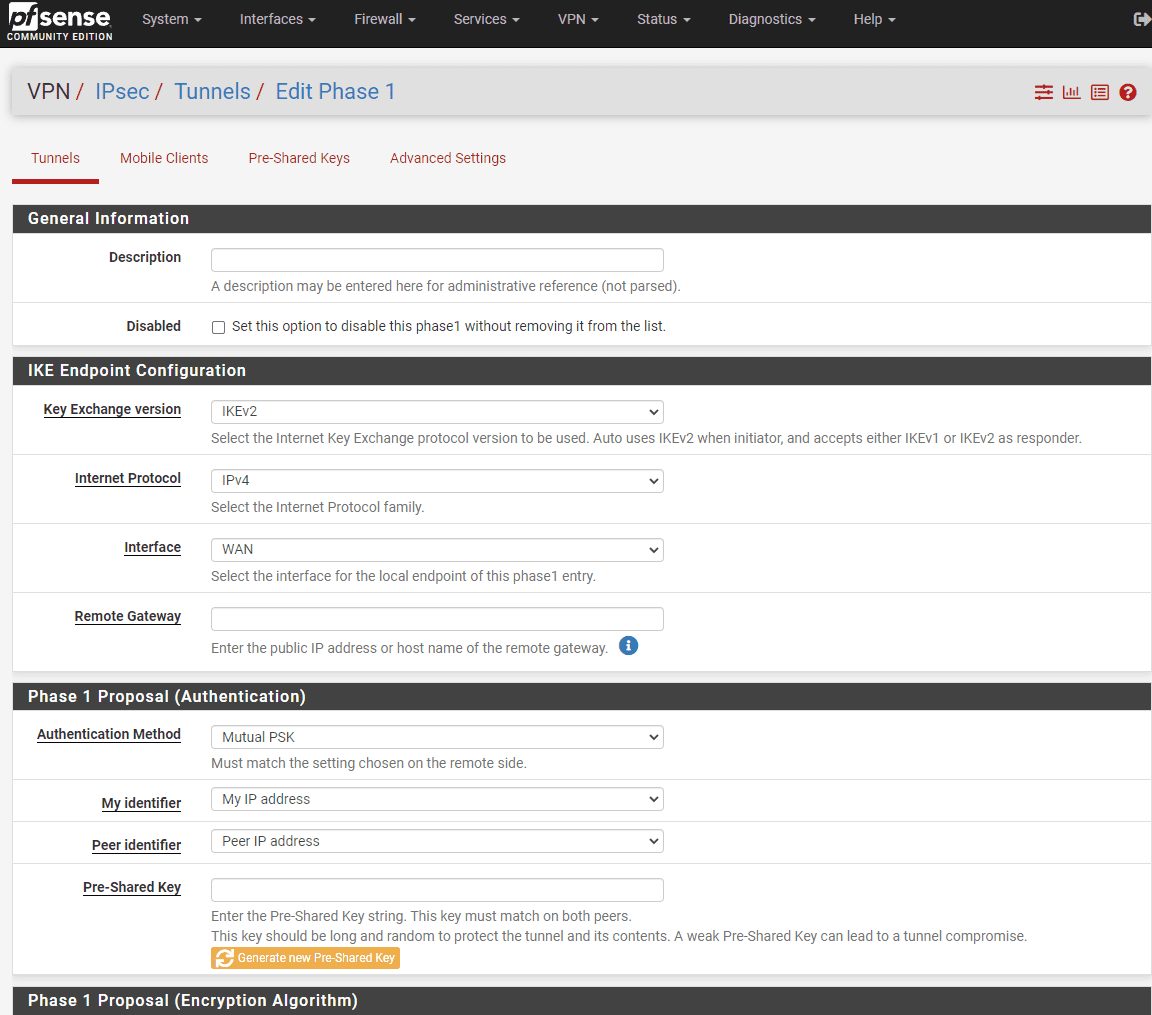
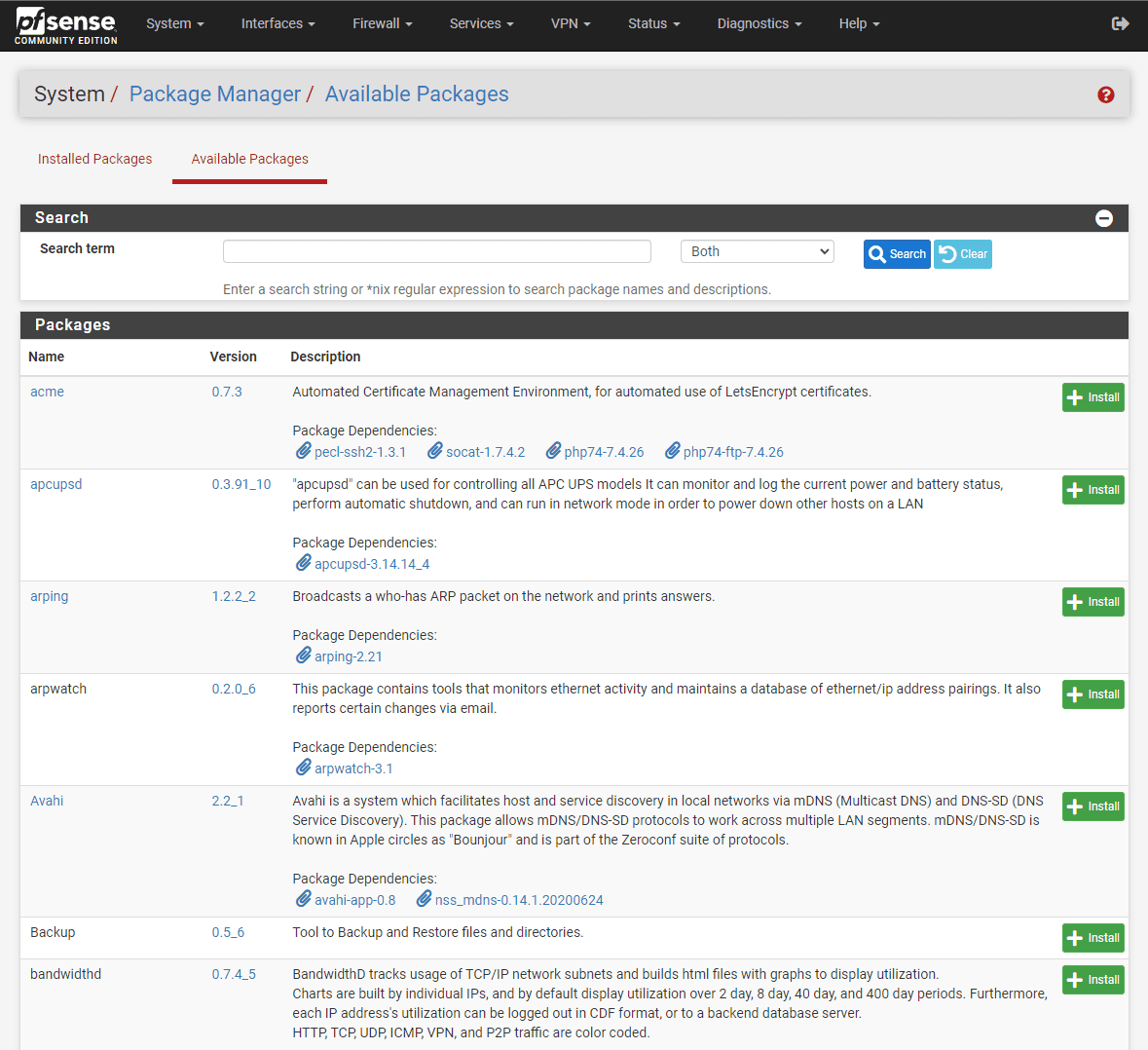
0 Comments